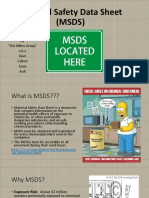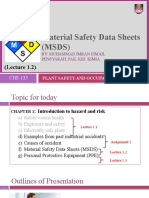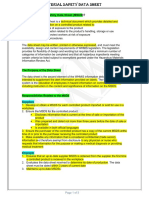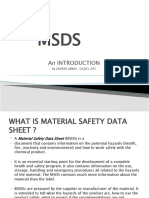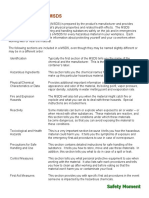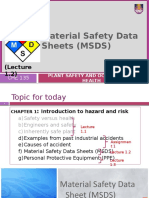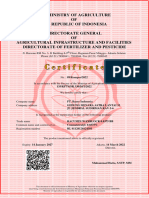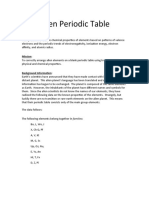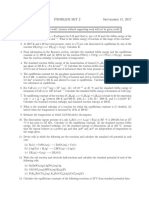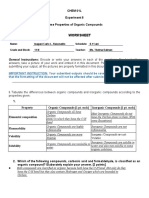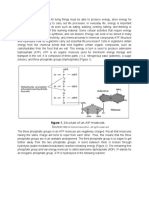0% found this document useful (0 votes)
32 views9 pagesMaterial Data Sheet
material data sheet
Uploaded by
Hassan ZainCopyright
© © All Rights Reserved
We take content rights seriously. If you suspect this is your content, claim it here.
Available Formats
Download as PDF, TXT or read online on Scribd
0% found this document useful (0 votes)
32 views9 pagesMaterial Data Sheet
material data sheet
Uploaded by
Hassan ZainCopyright
© © All Rights Reserved
We take content rights seriously. If you suspect this is your content, claim it here.
Available Formats
Download as PDF, TXT or read online on Scribd
/ 9










